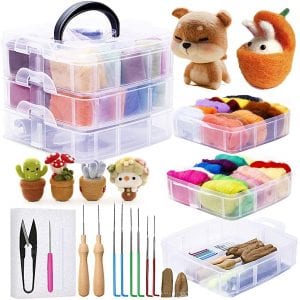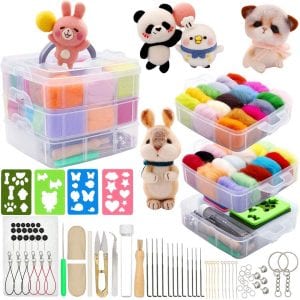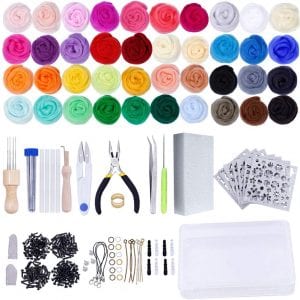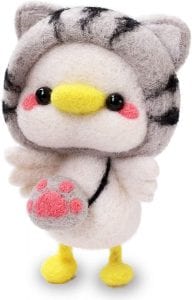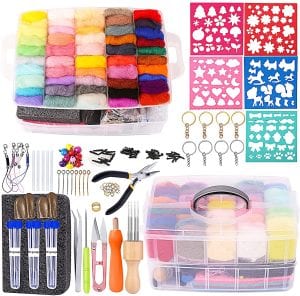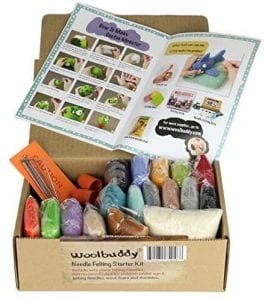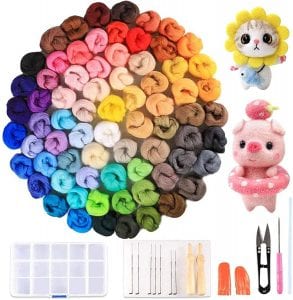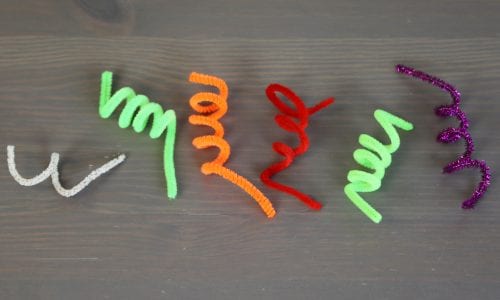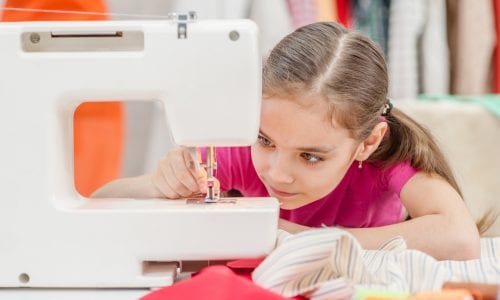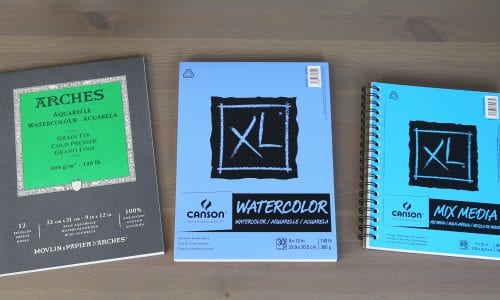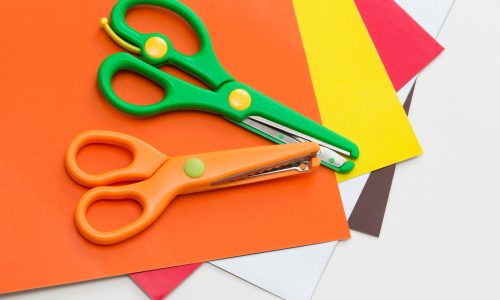The Best Felting Kit
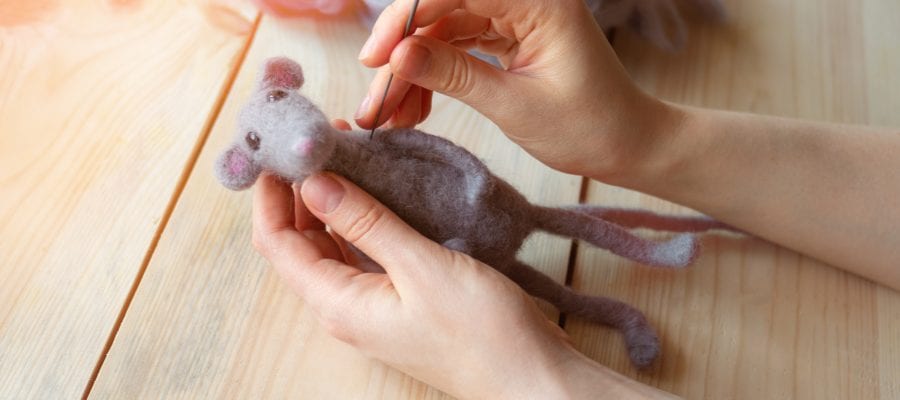
Our Review Process
Don't Waste Your Money is focused on helping you make the best purchasing decision. Our team of experts spends hundreds of hours analyzing, testing, and researching products so you don't have to. Learn more.
Our Picks For The Top Felting Kits
If you're new to felting, then this beginner-friendly felting kit is the way to go. Not only do you receive all the supplies you need to get started, but the kit even comes with a handy three-tier storage container. The kit allows for creating a variety of 3-D crafts, including a cactus in a pot, a bunny in a nest and a snowman with a red scarf.
Lots of ShadesWithin this felting kit set are 24 different colors of pure wool.
This 109-piece felting kit has plenty of great accessories to take your projects to the next level. You'll get 36 different colors of wool roving, 12 needles in varying sizes, 15 metal marking rings, 10 pairs of elastic eyes, six rope chains, five silver bells, four wool felt molds, two wooden handle holders, two pairs of finger gloves, one pair of...
Packed With AccessoriesEverything you could ever need for a felting project is included in this kit, from elastic eyes to silver bells to felt molds.
This complete felting kit includes 40 different colors of felting wool yarn, felting needles and the supplies you'll need to work with the yarn and needles. Each color of wool is packaged in an individual reusable bag, and the needles come in a transparent plastic case. Each spool of yarn is compact, making these perfect for travel and enough to ge...
All-Purpose SetYou'll get everything you need to start felting with this kit, including yarn, needles, bells, scissors and finger cots.
If you're looking for an animal-themed felting kit, this model is an excellent choice. The kit allows you to create an adorable duck with a cat hat and a paw-print purse. Since the kit is ideal for beginners, children who are new to felting may also want to give this kit a try.
Makes an Adorable DuckOnce you master this duck felting kit, you can try the squirrel, bunny and panda versions.
Buying Guide
If you participate in crafts, you probably are well aware of felting. Felting is simply the art of making 3-D items using wool locks or roving into fabric. You do this by connecting the fibers in the wool in a way that makes a solid surface. (Roving is a long, narrow bundle of fiber created during the process of spinning yarn from wool fleece or other fibers.)
There are many types of material that can be used for felting, including synthetic fibers that try to mimic the natural material produced from wool. Synthetic felting is probably what you used when you worked with felt for crafts in elementary school. Real wool fibers give a completely different texture that felting enthusiasts prefer.
If you want to get started, it’s important to know there are two major types of felting: wet and dry. With wet felting, you use soap and water to make it easier for the fibers to bind together. With dry felting, you use needles to weave the fabrics together. For wet felting, you’ll do most of the work with your hands. Dry felting requires a larger supply kit due to the needles that are necessary.
What to Look For
- You can’t use just any needle for felting. A felting needle has sharp, barbed blades that will agitate the fibers to achieve the desired results.
- All your new supplies will need to be stored when you aren’t using them. If your kit doesn’t come with a storage box, make sure you have a way to store the items.
- If your kit doesn’t come with a foam pad to protect your fingers, you can buy a sponge or foam pad separately. Make sure whatever you choose is at least several inches thick.
- Although cute little animals seem to be the go-to for felting projects, you aren’t limited to that. There are felting projects for gnomes, flowers, faux succulents and booties and countless other objects. You can also needle felt designs onto your favorite scarf or mittens.
- Needle felting can also come in handy for repairing holes in yarn-based blankets and sweaters.
- If you’re just getting started, look for a kit that includes all the supplies you’ll need. Keep in mind that some of these beginners’ kits are limited in the quantity of wool you’ll receive. You may need to purchase extras to have on hand after your first few projects.
- Beginners may also benefit from an instruction guide with step-by-step directions for easy projects. You can find plenty online, as well, but it can help to have instructions specific to the tools included in the kit.
More to Explore
Felt is one of the oldest fabrics, so it’s no surprise that its origins are debated. Some say that a shepherd accidentally discovered felt while tending his sheep. The wool began to gather on his shoes, and he used water to try to wash it off, inadvertently creating a single piece of fabric: felt. But all that’s known for sure is that the earliest evidence of felting was found in wall coverings in Turkish caves, and these date the art as far back as 6500 B.C. More complex felt work was seen in Siberian tombs from 300 to 400 B.C.

